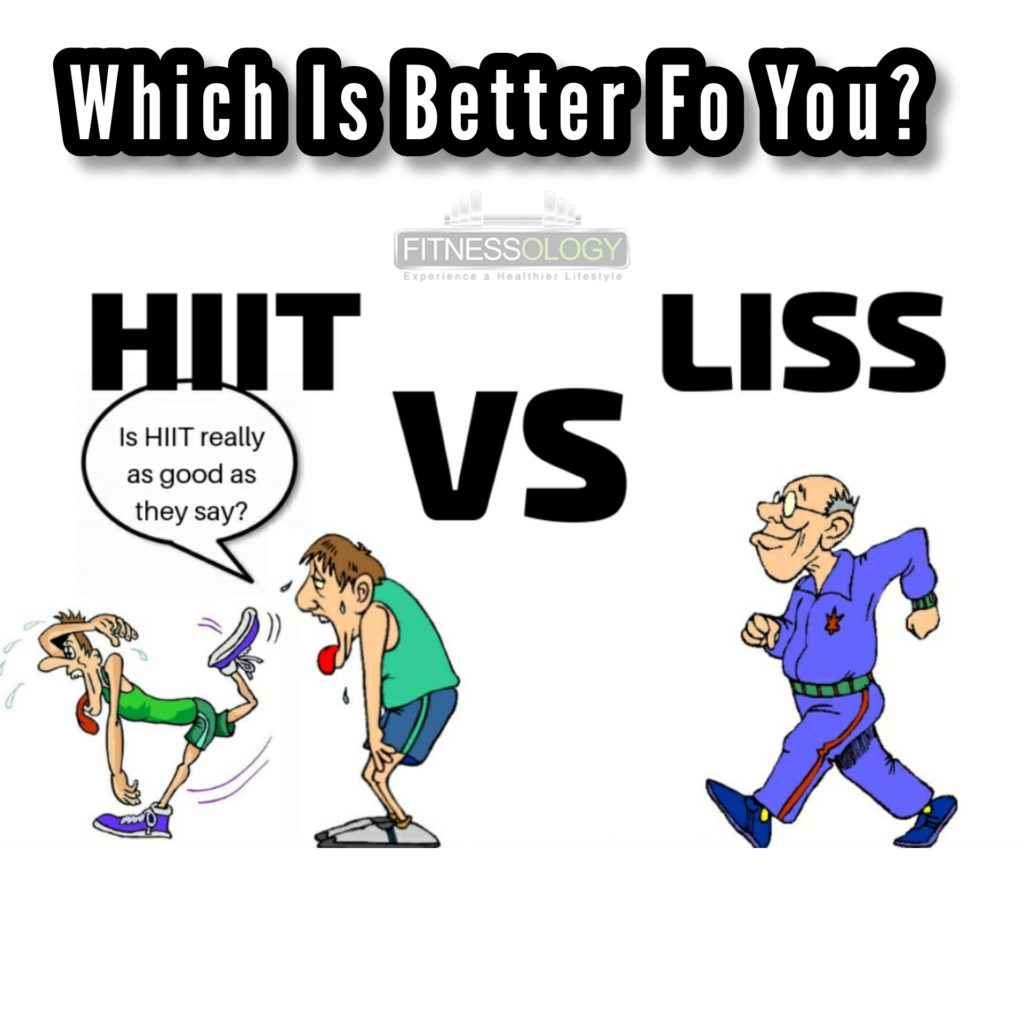Exercise Tips
Low-Intensity Steady-State Cardio May Actually Be Better For You
Look, we know how amazing HIIT (high-intensity interval training) is for fat loss. A review of a whole bunch of studies (768 to be exact) found that HIIT participants lost 28.5% more fat than moderate-intensity training counterparts. Generally, its rise in popularity over the last decade can be easily explained since it burns more calories in less time compared to its often shat on cardio counterpart, LISS (low-intensity steady-state cardio).
And because of this simple, and completely valid logic, people love to talk about how amazing HIIT is, particularly for fat loss.
It’s too bad life isn’t ever as simple as logic.
When We’re Comparing HIIT To LISS, We Can’t Look At How Those Things Stack Up In A Vacuum.
In good programming, no variable exists irrespective of everything else. The strength exercises can’t be chosen without the logistics, the goals, the individual in mind. The same goes for cardio or any other component of an exercise program.
Which is to say: HIIT is awesome—for the right person, in the right circumstances, at the right time. It must be used judiciously. Anything done at a truly high intensity is incredibly taxing—both on the specific muscles and energy system involved, but also on the nervous system as a whole. A 2018 study found general population trainees were less likely to adhere to a HIIT program if left unsupervised than a moderate or low-intensity cardio program.
Trainees using high-intensity conditioning for fat loss also tend to train with high intensity in other areas. If a fat loss client is doing intense metabolic resistance training 3-4 days a week wants to speed the process a bit, tossing in HIIT is usually the first impulse…but just as often the wrong move.
Adding high-intensity intervals to an already challenging training program gives you a lot more to recover from—and increases the risk of injury.
Performing weights and HIIT on different days is a start, but you’re still subject to the cumulative stress of exposure to both stimuli. This is especially important to consider in the context of a caloric deficit necessary fat loss, as this impedes recovery.
On the other hand, we’ve got LISS–low-intensity steady-state cardio. Going for a long, brisk walk outside or on a treadmill certainly doesn’t feel as badass as sprinting, but it’s A LOT less taxing. And when we think about the cardio existing not in a vacuum, but as a piece of the puzzle, aiding rather than detracting from overall recovery can’t be overlooked.
Plus you can catch up on Tiger King, crush some podcasts, or binge listen to the Harry Potter books on Audible. Fuck, I used to write client programs on the incline treadmill, so, I kinda got paid to do cardio. That sounds better than sprinting my ass off, even if I get so lean my belly skin is thinner than foreskin.
You can throw in low-intensity steady-state cardio at pretty much any time, in any program, and get a predictable benefit without greatly impeding recovery; it can be also used as part of an active recovery protocol.
Does any of this mean HIIT is bad and that you shouldn’t do it? ABSOLUTELY NOT.
HIIT is awesome, and in many scenarios and programs is the best path to your goals. But, it’s not the only path to leanness, and in just as many scenarios, it’s the inferior choice.
Remember: there’s an inverse relationship between intensity and frequency.
The more you have of one, the less you can handle the other.
For mere mortals already busting their asses in the weight room, the return on investment of performing HIIT with high frequency may be too low.
Sometimes the fastest path is to use the slower method. Or something.
So, this week, ease up and just go for a fucking walk.

